
2023 is shaping up to be an exciting year for the freight forwarding industry. With new technology advancements and changing customer demands, there are several trends that will have a significant impact on how goods are moved across the globe.
Freight forwarding is a logistics service that involves arranging for the transportation of goods from one place to another. A freight forwarder acts as an intermediary between the shipper (the person or company sending the goods) and the carrier (the company responsible for physically moving the goods). The freight forwarder is responsible for coordinating the various stages of the shipment, such as arranging for the pickup and delivery of the goods, negotiating rates with carriers, tracking the shipment, and handling any customs and documentation requirements. The goal of a freight forwarder is to make the shipping process as smooth and efficient as possible, while also ensuring that the goods arrive at their destination on time and in good condition.
1.Increased Use of Technology
Technology is transforming the way goods are transported and managed. From digitized supply chain management systems to automated customs clearance processes, freight forwarders are leveraging technology to streamline operations and improve efficiency. In 2023, we can expect to see continued investment in technology that enhances the customer experience, reduces costs, and drives sustainability.
2.Growing Demand for E-commerce Logistics
The growth of e-commerce continues to drive demand for fast, reliable delivery. Freight forwarders are adapting by offering integrated solutions that meet the unique needs of e-commerce businesses. This includes everything from specialized packaging to real-time tracking and delivery confirmation.
3.Sustainability in Focus
Sustainability is becoming a key consideration for many businesses, and freight forwarders are no exception. From reducing emissions to implementing circular economy solutions, freight forwarders are exploring ways to minimize their impact on the environment and promote sustainability throughout the supply chain
.4.Rise of Last-Mile Delivery
Last-mile delivery refers to the final step in the delivery of goods, from the transportation hub to the customer’s door. With more customers expecting fast and convenient delivery, freight forwarders are investing in last-mile solutions to meet the growing demand.
5.Increased Regulatory Scrutiny
Global trade is subject to increasing regulation, and freight forwarders must navigate a complex web of rules and requirements to ensure compliance. In 2023, we can expect to see increased regulatory scrutiny and the development of new regulations aimed at improving safety, security, and environmental protection.
In conclusion, the freight forwarding industry is set to continue its growth trajectory in the coming years, with new technologies and market trends driving innovation and changing the way goods are transported and managed. Companies that are able to effectively leverage these trends, such as automation, data analytics, and digitalization, will be well-positioned for success in the future. Additionally, as e-commerce continues to grow, the demand for reliable and efficient logistics solutions will only continue to increase, creating opportunities for forward-thinking freight forwarders to expand their businesses and meet the needs of their customers. As the industry evolves, it will be important for companies to stay up-to-date on the latest trends and advancements, and to continuously adapt and innovate to stay ahead of the competition. With these considerations in mind, the 2023 freight forwarding forecast is one of continued growth, innovation, and opportunity.
Yes! The Reports can export to PDF format, Excel, Word Format etc.
Yes! B/L print outs can be taken in a Single click
Freight forwarders provide their customers with a range of services including consolidation, documentation, freight payment and customs clearance. The service is offered by freight forwarders who serve as an intermediary between the shipper and the forwarder’s transportation network.
The world is calling, but the struggle with complex international exports can be overwhelming. Shipping software allows you to:
Optimize systems: Automate operations, expand productivity, and increase accuracy.
To achieve global ordering: Track inventory in real time; compatibility with global networks; and make decisions based on data.
Enhanced customer service: Respond quickly, provide clear information, and rise above language issues.
Choose the right freight forwarding software to open your company to global growth.
Choosing the right freight software is like choosing your superhero gear – it empowers you to handle complex logistics and soar to new heights. Here are some basics to ensure your software is a real winner:
Effortless Shipping: Imagine recording, tracking and reporting on shipments with a few clicks. Your software may simplify these processes, freeing you up to focus on bigger things.
Simplified bookkeeping: Creating accurate quotes, invoices, and report cards is unlike paper invoices. Look for software that simplifies paperwork and keeps everything organized.
Strong customer relationships: A robust CRM system in your software allows you to manage customer interactions, send personalized communications, and foster strong relationships – the foundation of any successful business.
Data push decisions: Your software program can be your own record analyzer. Look for features that provide insightful analysis of overall performance, identify trends, and empower your company to make informed choices.
Easy conversation: Does your software play well with others? Integrating accounting, CRM and visit management systems improves information flow and eliminates accounting silos – a huge win for efficiency
By installing those essential components, you equip your logistics with the software muscle needed to overcome any system challenges and achieve breakthrough success
A quantity of steps are worried in integrating and employing freight forwarding software program (CargoNet) inside your commercial enterprise, these encompass:
Evaluation and Planning: Assess the existing freight forwarding processes in your organisation and discover regions to be stepped forward. Establish your precise requirements and dreams for imposing CargoNet software program application. Develop a plan of implementation along with timeframes, sources and key individuals.
Customization and Configuration: Collaborate with our implementation group in order to personalize the software program in line with the workflows or processes used by your very own organization. Set up configurations, user privileges, in addition to connections to other systems employed across your business enterprise.
Data Migration: Prepare your present day Freight Forwarding statistics for migration into CargoNet. Make certain that statistics is accurate and sound by way of purging it off old data even as formatting it efficaciously



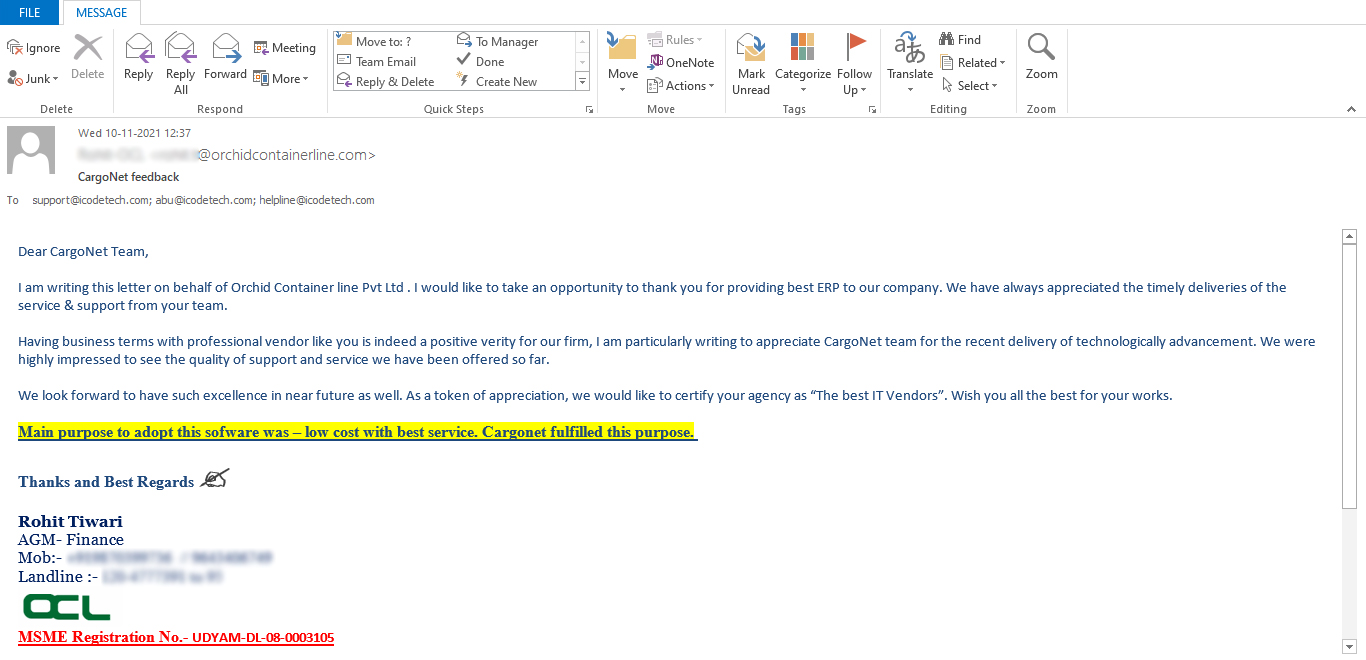
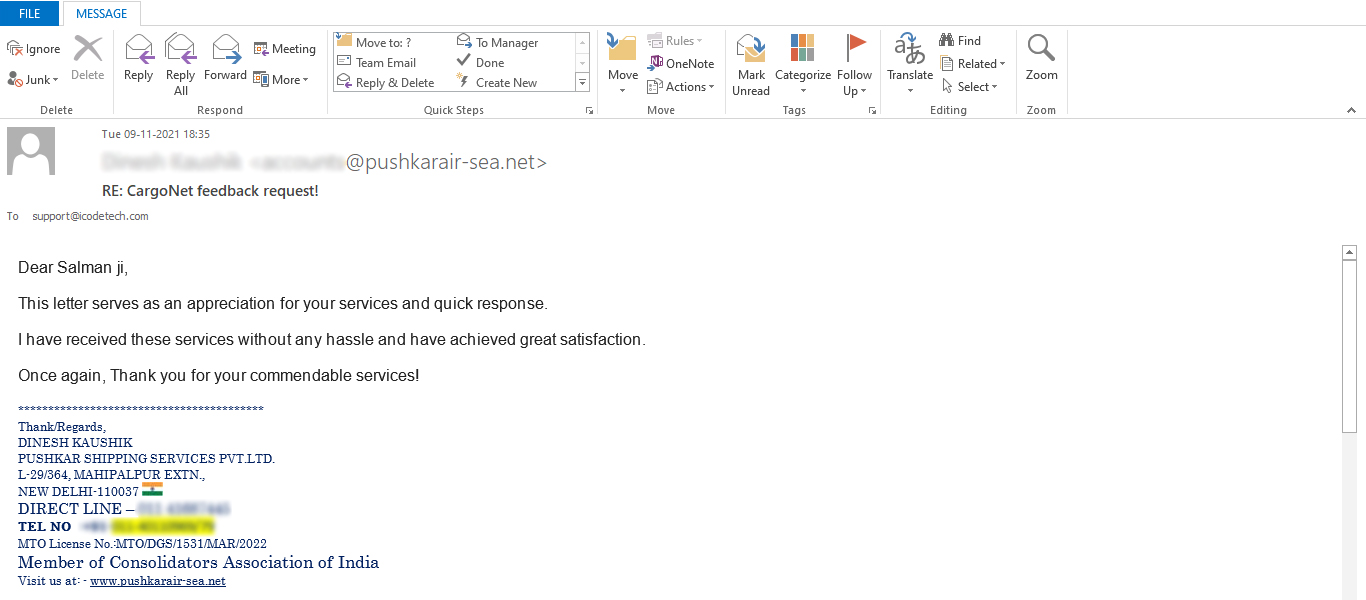
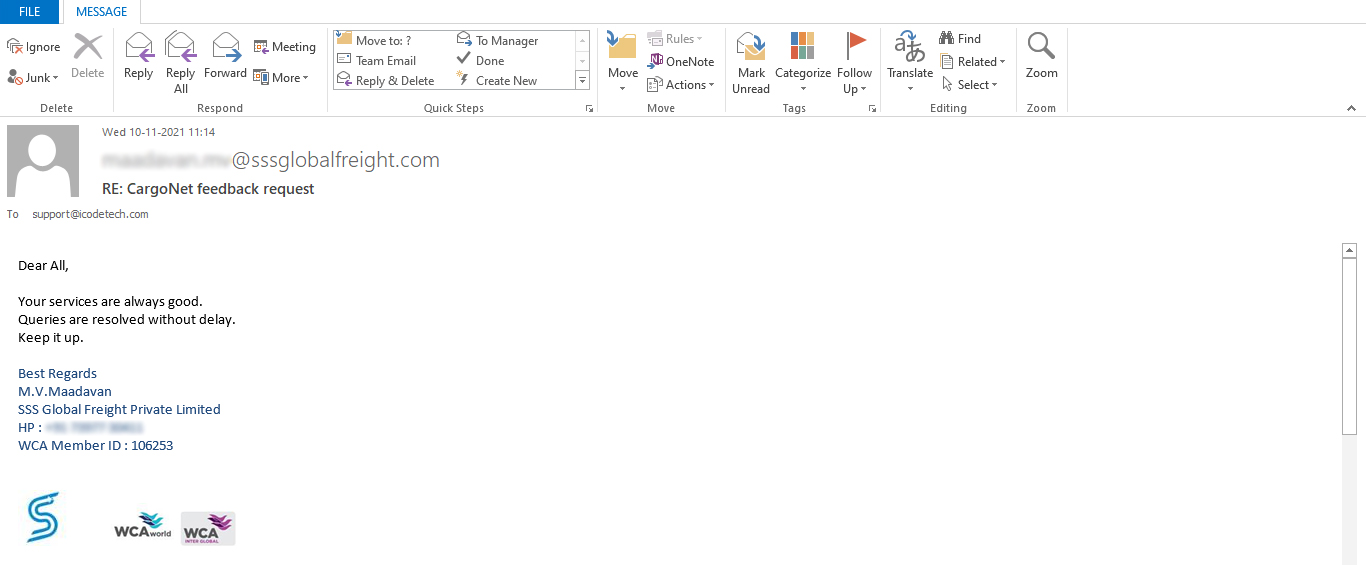

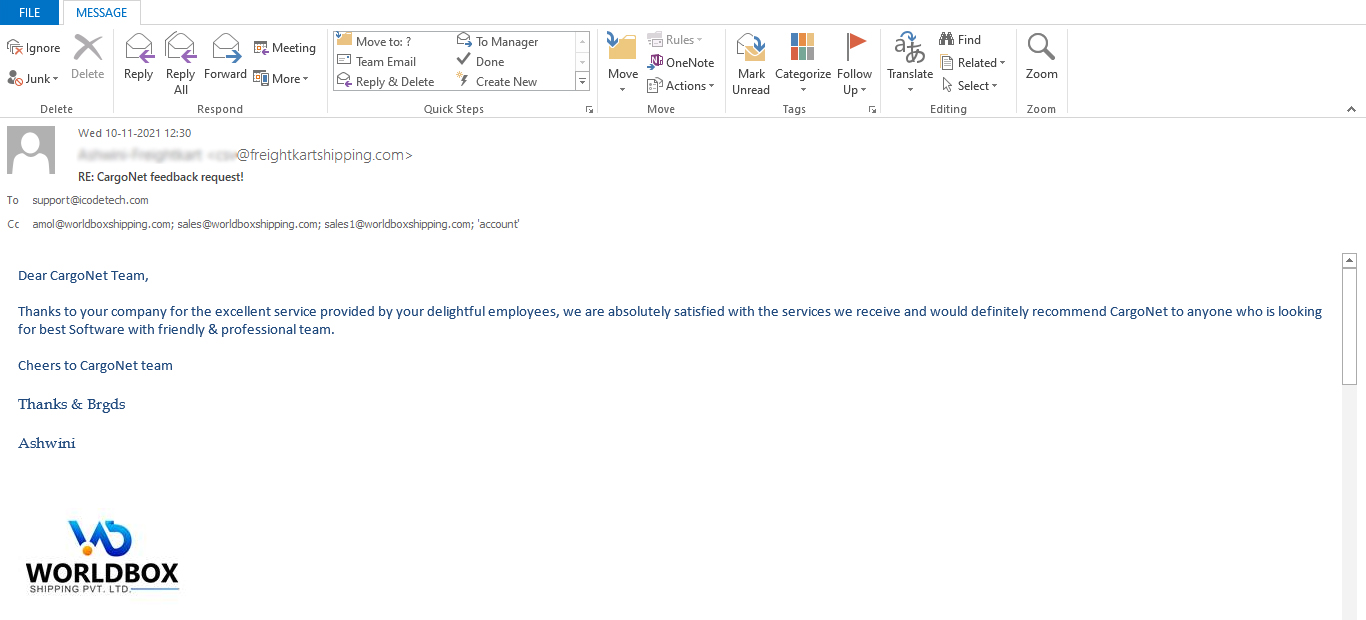
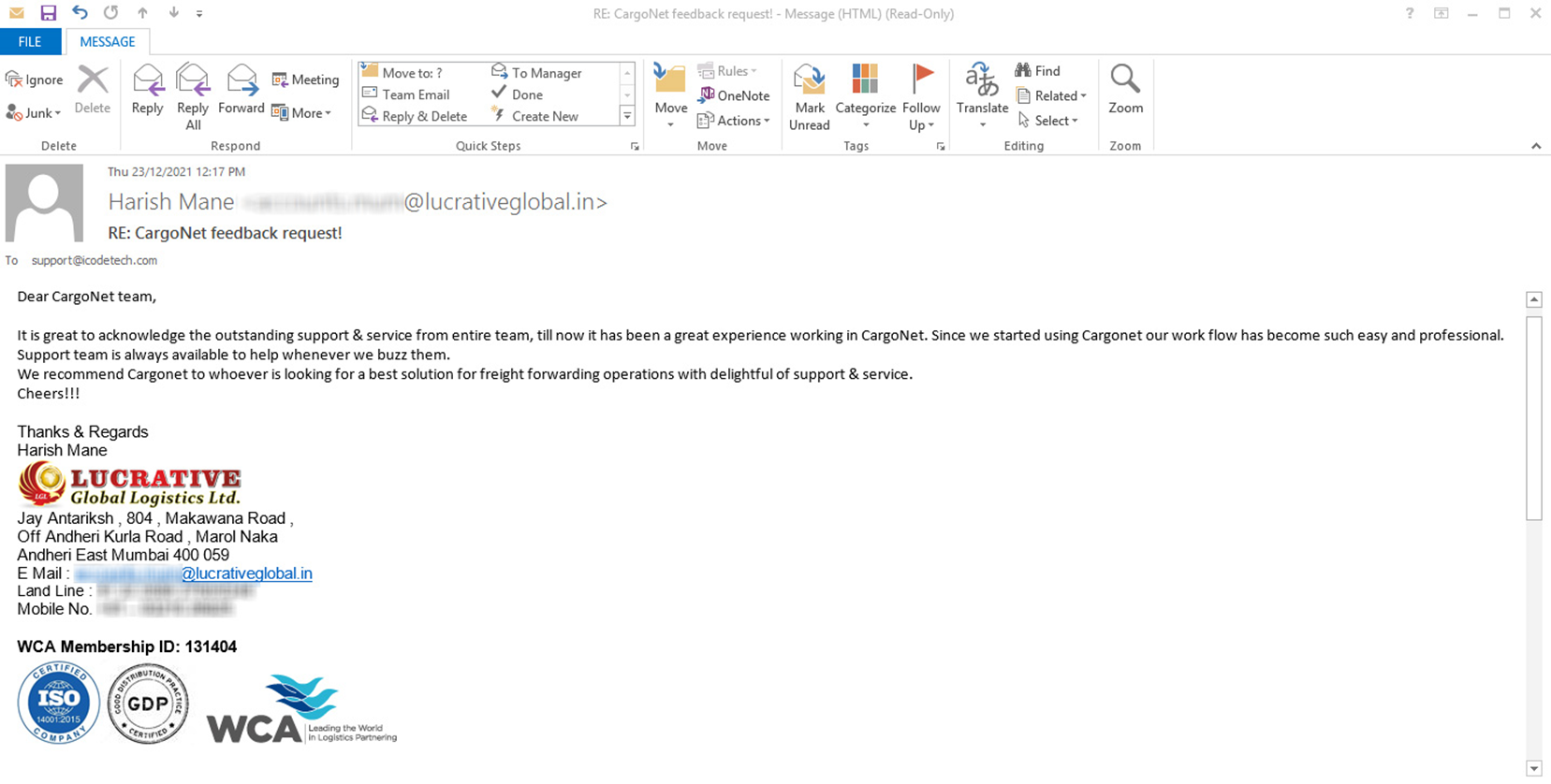
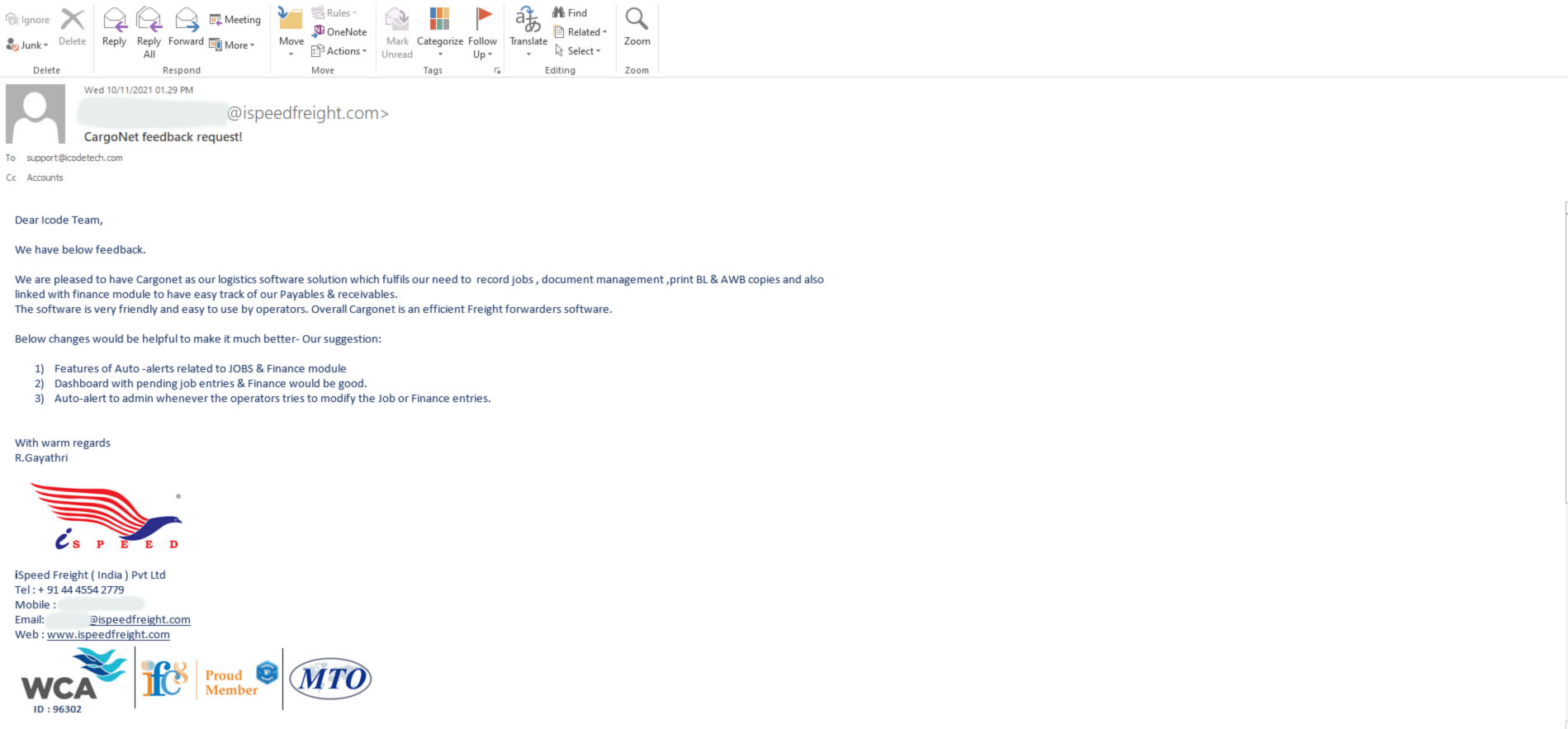
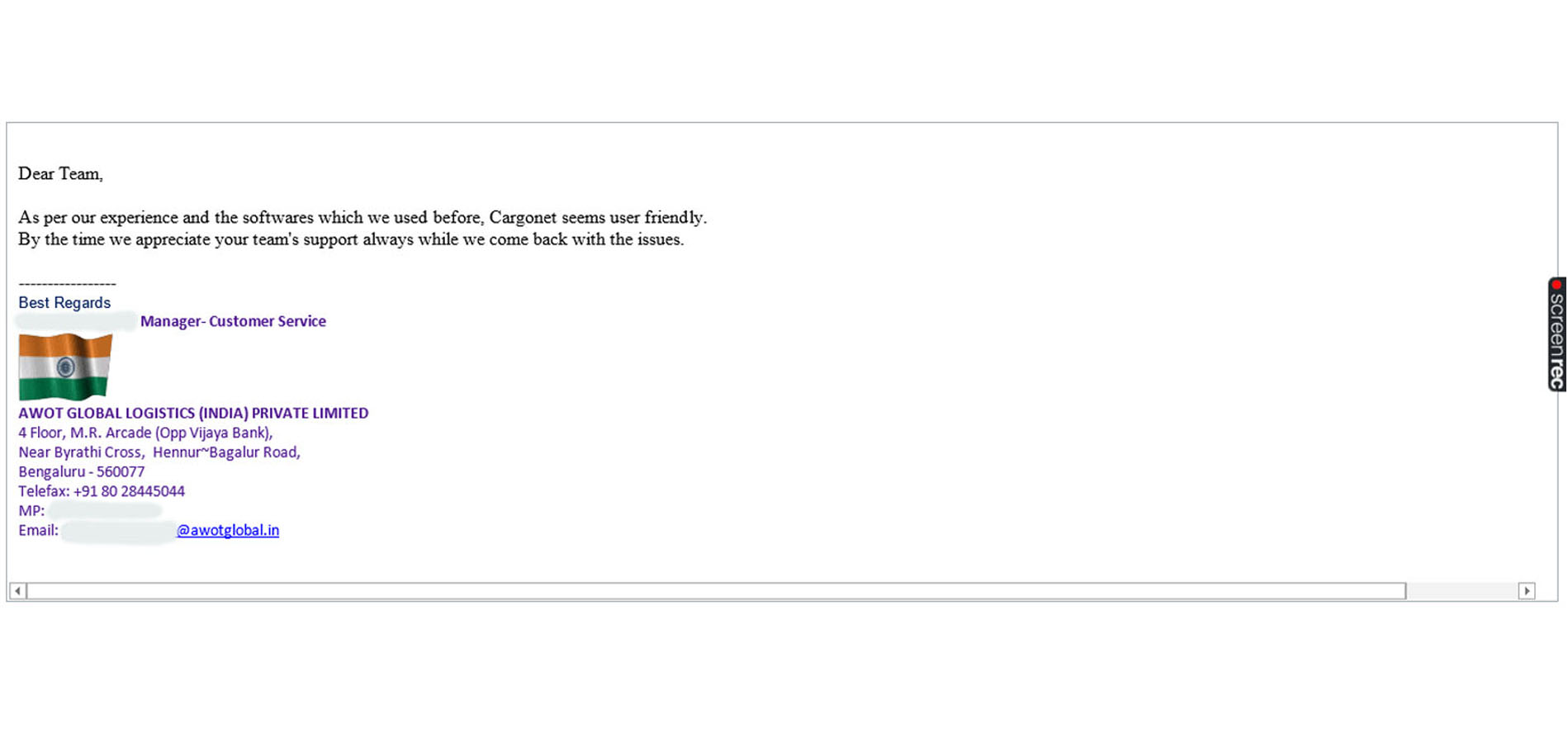

Share your information for instant access :